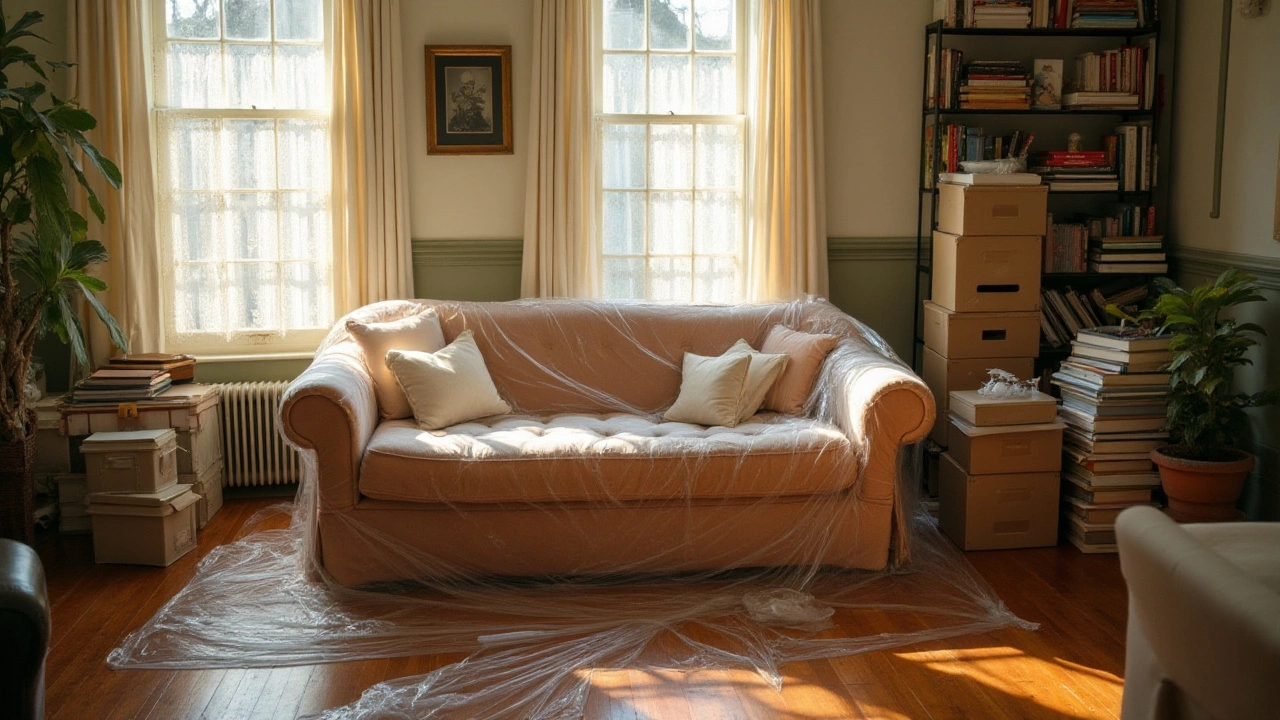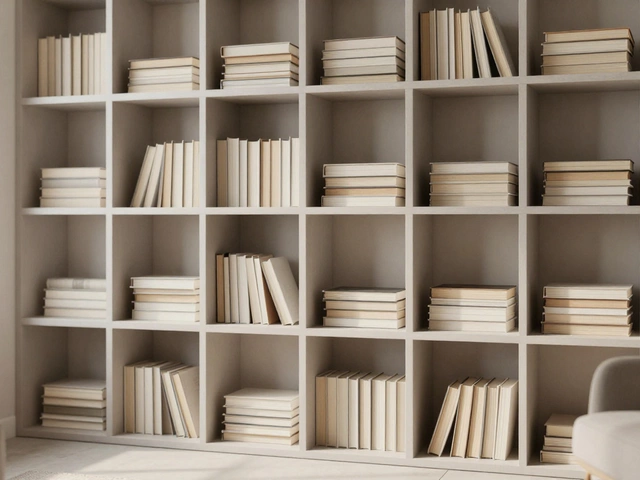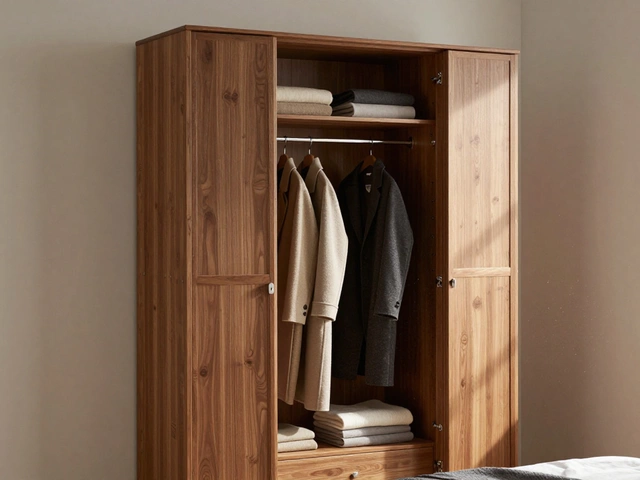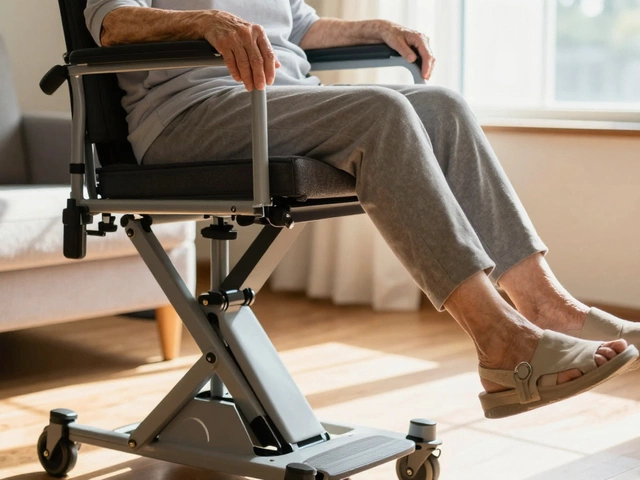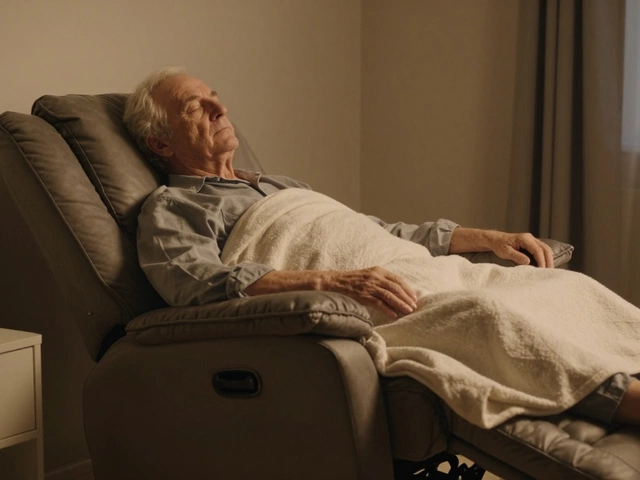Furniture Wrapping Made Simple: Keep Your Pieces Safe and Fresh
Ever walked into your garden and seen a sofa with sun‑bleached cushions? Or opened a closet only to find dust bunnies nesting in a rarely used chair? Wrapping furniture isn’t just for movers – it’s a everyday habit that saves you money and hassle.
Below you’ll find down‑to‑earth advice on covering indoor and outdoor pieces, choosing the right material, and setting up a quick routine that takes under five minutes a week.
Outdoor Furniture: Weather‑Proof in Two Steps
The biggest enemy out there is moisture. When rain seeps into wood or metal, it can cause rust, swelling, or mould. Grab a breathable cover – ideally a waterproof, UV‑rated fabric with vents. Tape the corners securely but don’t over‑tighten; you want air to flow so mould can’t set in.
If you’re on a budget, a heavy‑duty tarp works fine. Lay the tarp flat, pull it tight over the furniture, and secure with bungee cords or rope. Avoid plastic sheets that trap humidity; they can make the problem worse.
Don’t forget the cushions. Slip a zip‑up cover over each one, then store the covers inside a dry shed or garage. This extra layer prevents mildew and keeps the fabric colour vibrant.
Indoor Furniture: Dust, Sun & Accidents
Inside, the threats are different – dust, sunlight, and accidental spills. For pieces you don’t use daily, a light cotton sheet works wonders. It lets the wood breathe while keeping dust off. Tuck the edges under the legs to avoid tripping over loose fabric.
When you need to protect a valuable chair or a delicate antique, use a fitted slipcover made from a soft, non‑abrasive material. These are easy to pull on and off, and you can wash them when they get dirty.For flat‑pack wardrobes or bookshelves, wrap each panel in bubble wrap or moving blankets before stacking. This prevents scratches and dents during storage.
One tip most people miss: rotate your wrapped chairs every few months. Even a thin cover can cause pressure marks if left in one spot for too long. A quick flip keeps the finish even.
Choosing the Right Wrap for Your Needs
Not all covers are created equal. Here’s a quick guide:
- Waterproof canvas: Best for outdoor sofas, patio tables, and garden benches.
- Breathable polyester: Ideal for indoor furniture you want to keep dust‑free but still let air circulate.
- Vinyl or plastic: Use only for short‑term protection (e.g., moving day). It traps moisture.
- Fleece or microfiber: Perfect for cushions and upholstered pieces you use regularly.
Measure the piece first, then add a few inches on each side. A snug fit looks neater and stays in place better.
Quick Routine to Keep Wrapping Work Low‑Effort
1. Weekly glance: Check for gaps or water pooling. Fix any loose straps.
2. Monthly wipe‑down: Use a damp cloth on the cover surface. This removes dust that can become gritty under the fabric.
3. Seasonal swap: In spring, replace winter tarp with a lighter breathable sheet. In fall, switch back to a waterproof cover.
Following these steps takes less than ten minutes a month and can add years to the life of your furniture.
So next time you think about tossing an old cover, remember the simple tricks above. A little wrapping effort now means fewer repairs, fewer replacements, and a home that always looks its best.
The Ultimate Guide to Wrapping Your Couch for Storage
Storing your couch the right way ensures that it remains pristine even after long periods of inactivity. Wrapping a couch properly prevents damage from dust, pests, and moisture. Consider specific materials and techniques to protect the upholstery and framework. This guide offers essential tips and precautions to safeguard your couch during storage.
